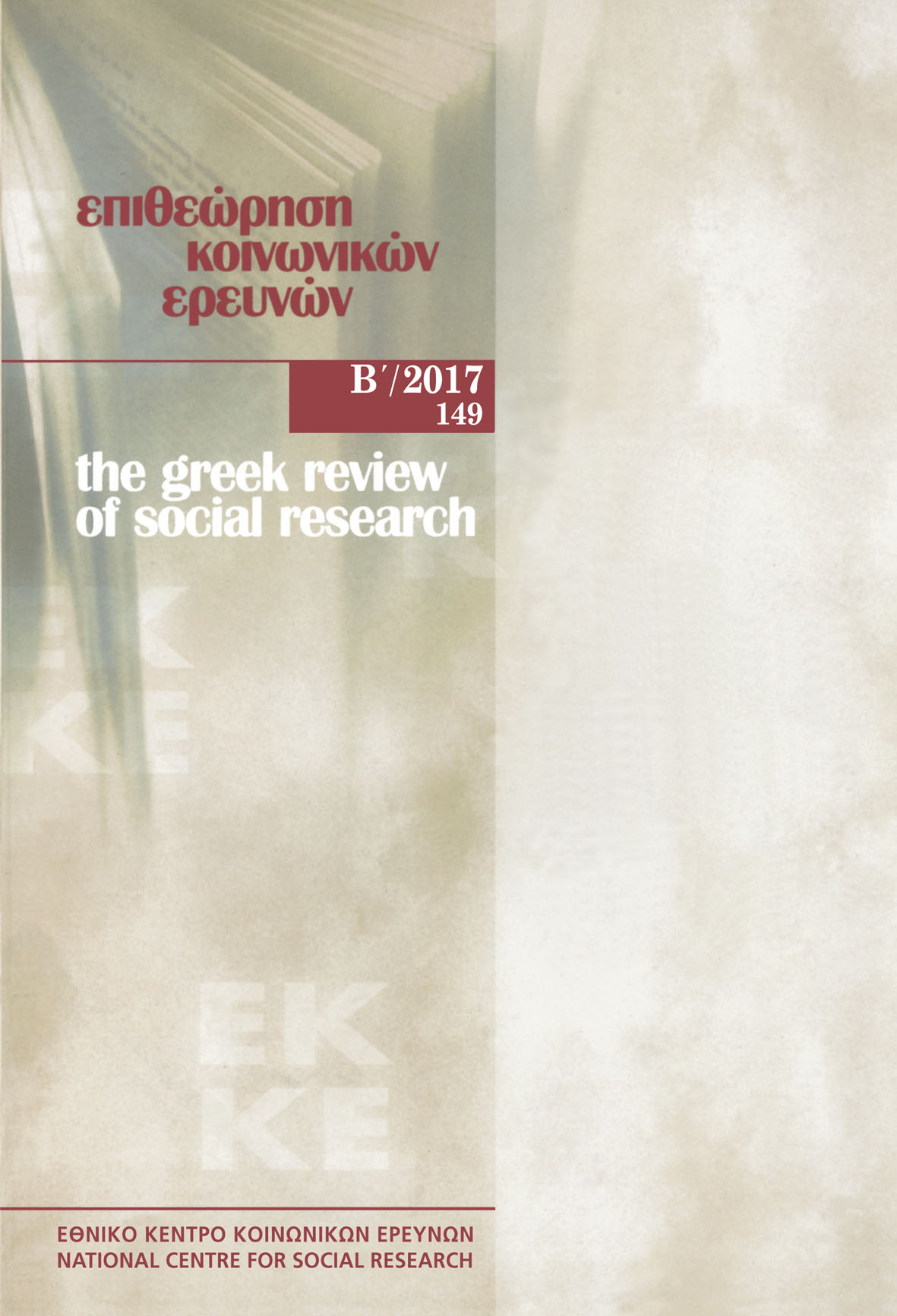Creativity, Counterpublics and Çapulcu [looters] Cosmopolitics in Beyoǧlu (Istanbul)

Abstract
The Gezi exodus in 2013 challenges us to examine retrospectively the synthesis and the dynamics of the main actors of the Gezi protest who were discriminated against after being characterized as ‘Çapulcu’ (looters) by R.T. Erdoğan. Since 2008, systematic ethnographic fieldwork has been conducted among feminist activists, artists, architects, writers and academics in the broader area of Beyoǧlu, the modern heart of the current Global city of Istanbul. It is this ethnographic fieldwork that permits us to study the broader practices, aesthetics and agency of ‘counterpublics’. These ethnographic encounters with the local critical voices producing reflexive ‘texts’ directed the focus of the study presented in this paper on the impact of the cultural turn as priority for social protests, i.e. identities’ activism and artistic creativity in interaction with broader counter-publics. The latter seems to correspond with authoritarian rule, Islamist conservative ethics, fantasies and governmental police control technologies, applied in accordance to the neoliberal projects of gentrification and Istanbul’s transformation into a creative city since the end of the 20th century. Pamuk’ project, The Museum of Innocence, a case study on which this paper focuses, describes ironically and metonymically the process of transformation of dynamic counterpublics into significant looters’ (Ҫapulcu) cosmopolitics.
Article Details
- How to Cite
-
Tsibiridou, F. (2018). Creativity, Counterpublics and Çapulcu [looters] Cosmopolitics in Beyoǧlu (Istanbul). The Greek Review of Social Research, 149, 79–101. https://doi.org/10.12681/grsr.15815
- Section
- Articles

This work is licensed under a Creative Commons Attribution-NonCommercial 4.0 International License.
Authors who publish with this journal agree to the following terms:
- Authors retain copyright and grant the journal right of first publication with the work simultaneously licensed under a Creative Commons Attribution Non-Commercial License that allows others to share the work with an acknowledgement of the work's authorship and initial publication in this journal.
- Authors are able to enter into separate, additional contractual arrangements for the non-exclusive distribution of the journal's published version of the work (e.g. post it to an institutional repository or publish it in a book), with an acknowledgement of its initial publication in this journal.
- Authors are permitted and encouraged to post their work online (preferably in institutional repositories or on their website) prior to and during the submission process, as it can lead to productive exchanges, as well as earlier and greater citation of published work (See The Effect of Open Access).


